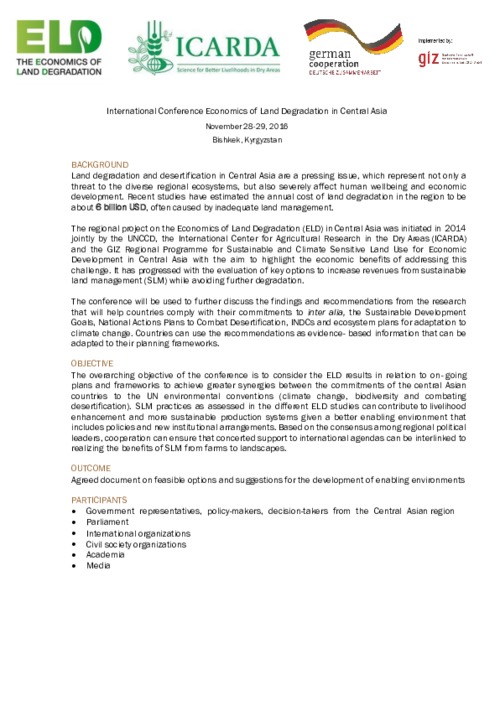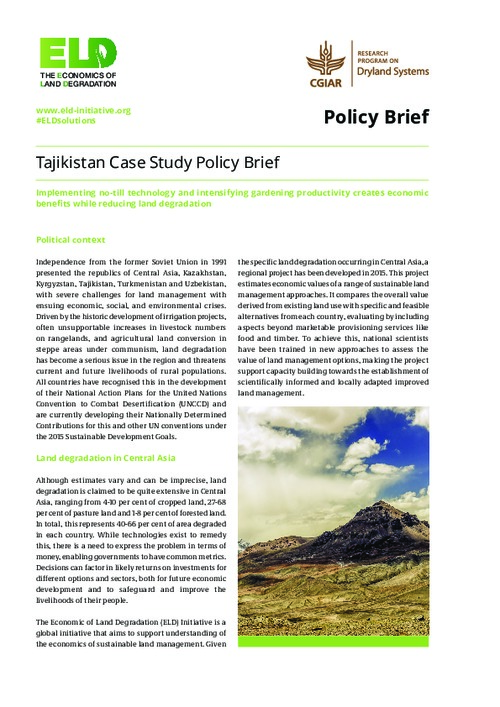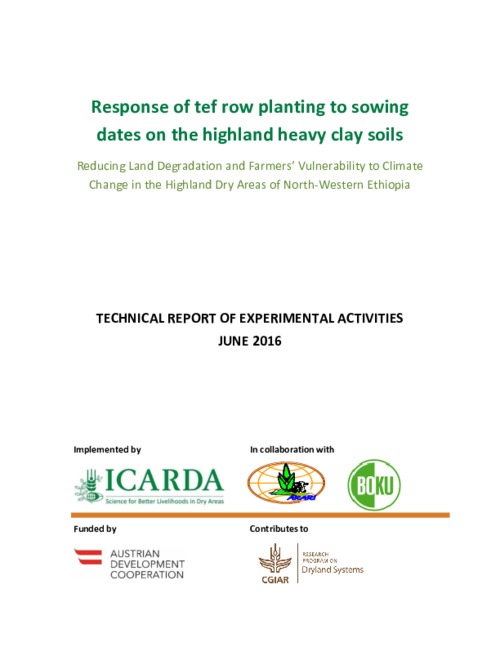ELD: The economics of land policy, planning and practice
Land is front and center of the sustainable
development and climate change debates. A
goal dedicated to Land Degradation Neutrality
(LDN) (see Box 1) was endorsed in 2015 by the
United Nations (UN) General Assembly as part
of the Sustainable Development Goals (SDGs)
2015–2030 framework, following on from the
UN’s Millennium Development Goals of 2000
(UN General Assembly, 2015). SDG 15 aims to
“protect, restore and promote sustainable use
of terrestrial ecosystems, sustainably manage










